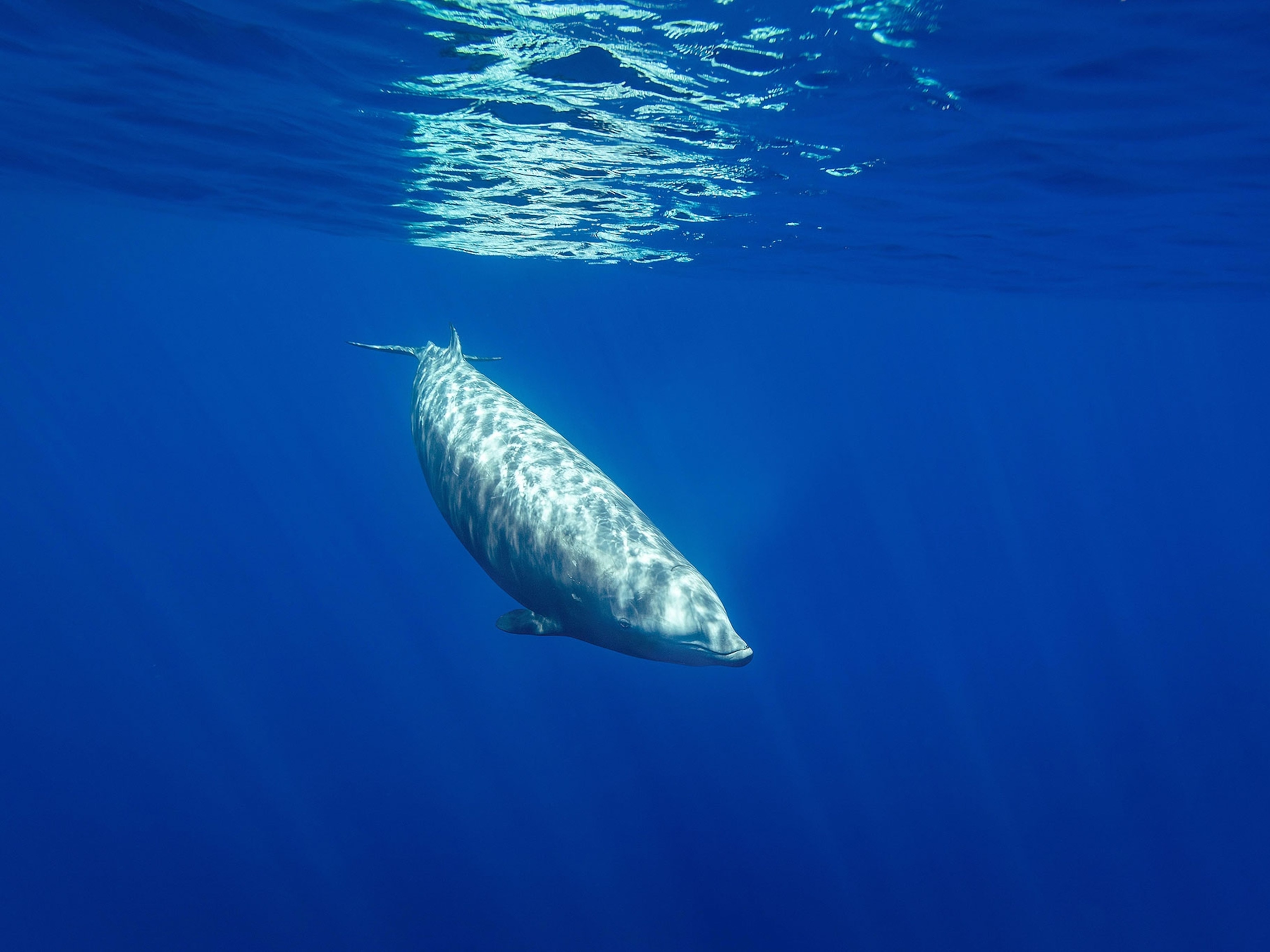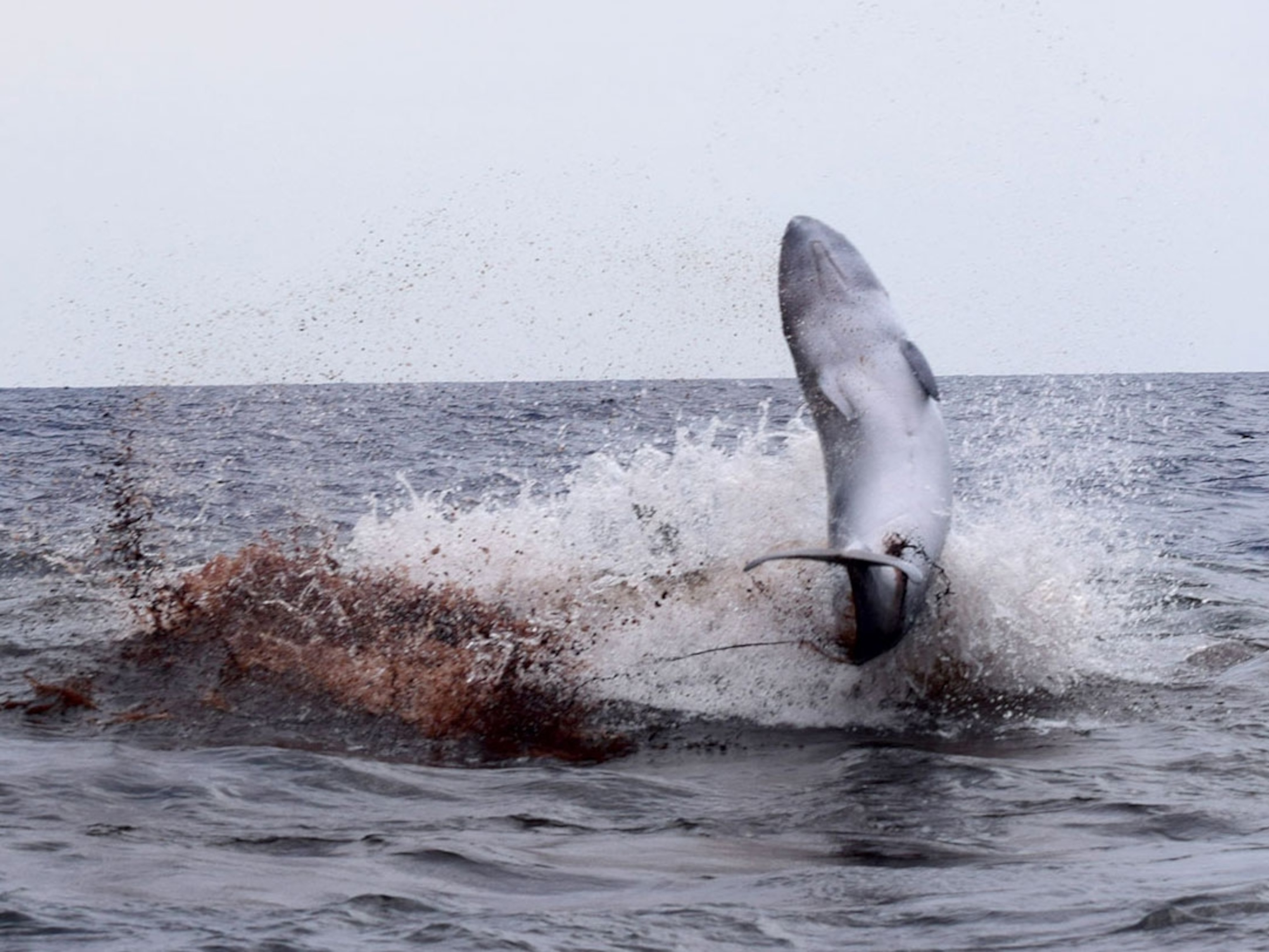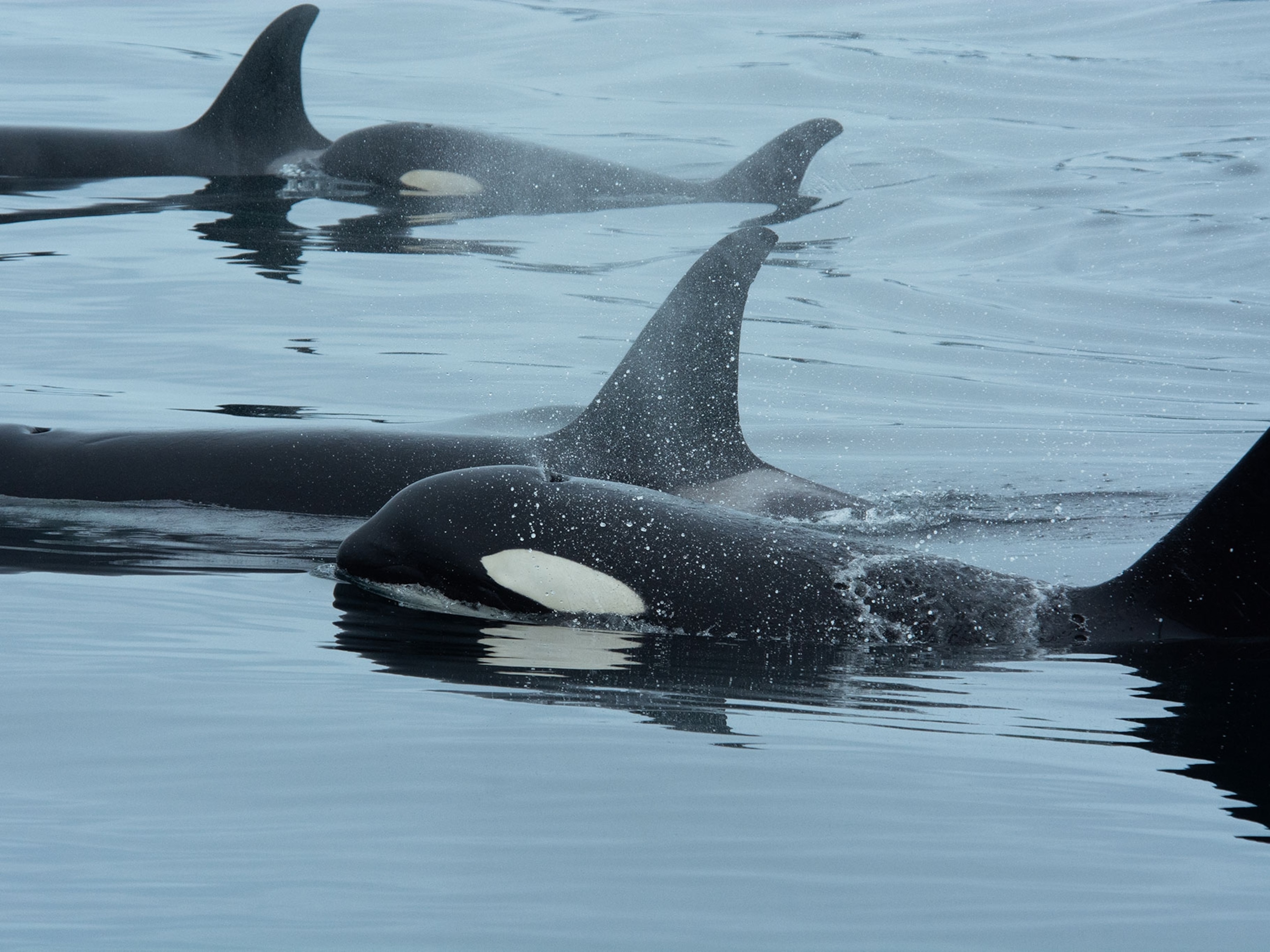5 Videos Show the Irresistible Charm of Seals
There's a reason they've been nicknamed the "dogs of the sea."
Seals are one of the ocean's most charismatic creatures. While it can be tempting to want to swim with or pet a seal if presented the opportunity, the U.S. Marine Mammal Protection Act recommends maintaining a distance of at least 150 feet. Biologists say a good rule of thumb is to never be close enough to make eye contact. Albeit cute, they have sharp teeth, carry diseases, and can be territorial.
Watch the videos below to (safely) get an up-close look at what makes seals one of the oceans most charming animals.
Seals Can Be Playful
Shy and awkward on land, seals are much more curious and playful in the water, where they can move faster and feel more comfortable. Lucky divers swimming near the Farne Islands off the coast of England learned just how playful they are when a seal approached them to get a better look. But it’s not just people who attract seals’ curiosity, one has even been pictured hitching a ride on top of a whale. Researchers caution being wary of the animals, no matter how adorable, because they have sharp teeth and can transmit diseases.
Sometimes Their Curiosity Gets the Best of Them
While kayaking off the coast of Namibia, one man was blindsided by a seal that leaped from the water and accidentally slapped him in the face. It was exhibiting a behavior known as “porpoising” in which they jump in and out of the water rapidly. Seals are naturally curious and playful, and it was likely trying to get a better look at its surroundings.
A seal's curiosity can also have more insidious outcomes. Many have been caught and strangled by fishing nets and lines. Approaching to search for food, or to inspect a new object in their environment, seals get trapped and become bycatch as a result. (Sea one seal's heartwarming rescue.)
They’re Stealthy Hunters...
While scuba diving off the coast of Monterey, California, two divers were entranced by a battle between an octopus and a crab. With their cameras trained on the dueling pair, they didn’t notice a harbor seal slowly waiting to make its move until it instantly gobbled up the octopus. Harbor seals are known to be opportunistic, and the carnivores have an expansive diet. According to one of the divers, “blood and ink went everywhere.”
...And Ferocious Predators
In recent years, gray seals in the North Sea have been observed taking on bigger prey like porpoises and other species of seal. Scientists theorize the new top predator may have developed a taste for porpoise meat after feasting on porpoises caught in nets, or that other food sources are growing scarce. National Geographic Critter Cams like the ones seen above also show how leopard seals prey on fur seal pups and steal food.
Elephant Seals Recognize Each Other’s Voices
In the world of elephant seal mating, the alpha decides who gets access to the females, and who gets to be alpha is decided by a bloody fight. To avoid conflict, male seals need to understand the complex social dynamics of a colony from a distance. They do this by recognizing the unique patterns of another male seal’s voice. Aside from humans, they’re the only known species that can do this.





